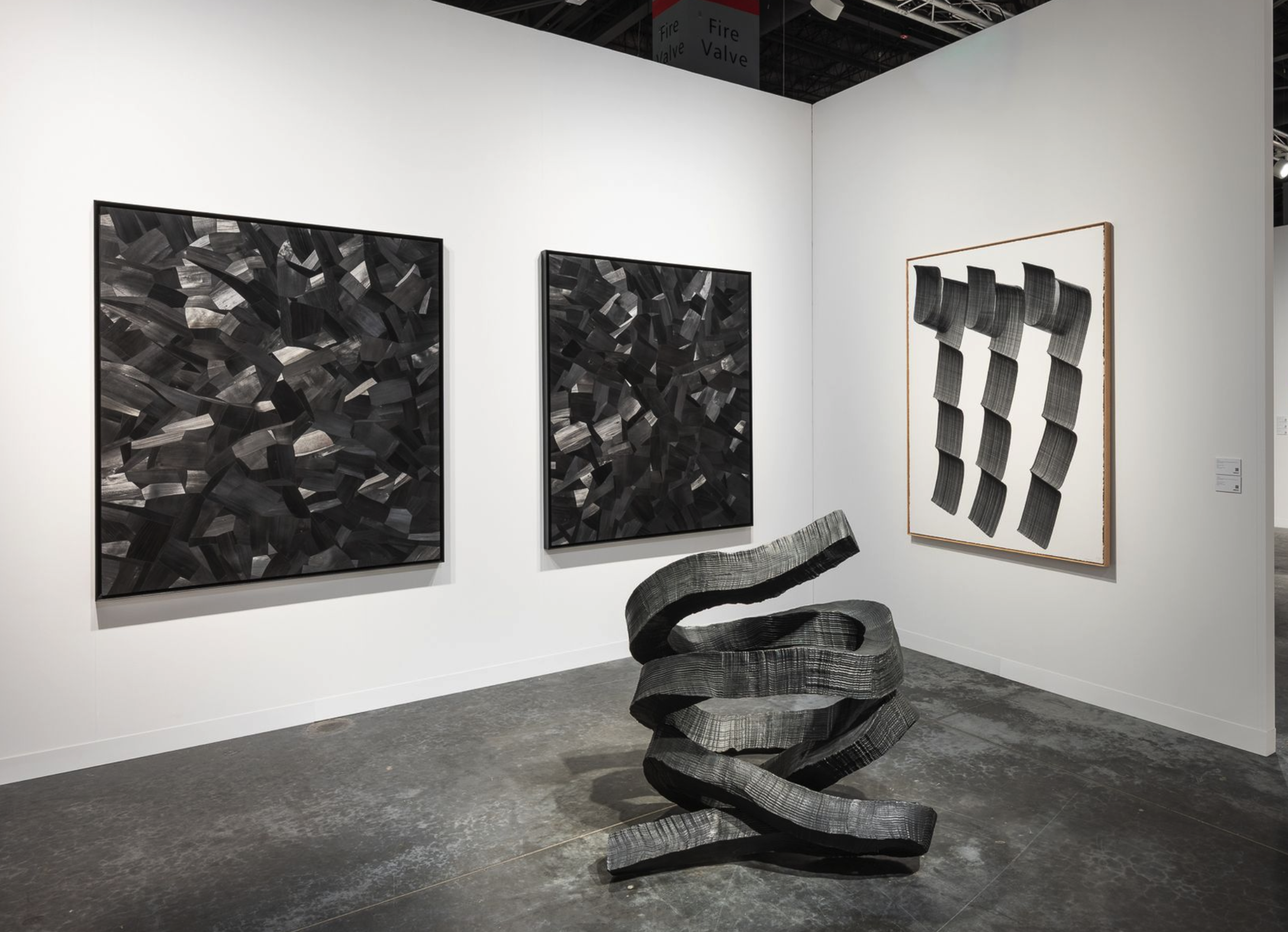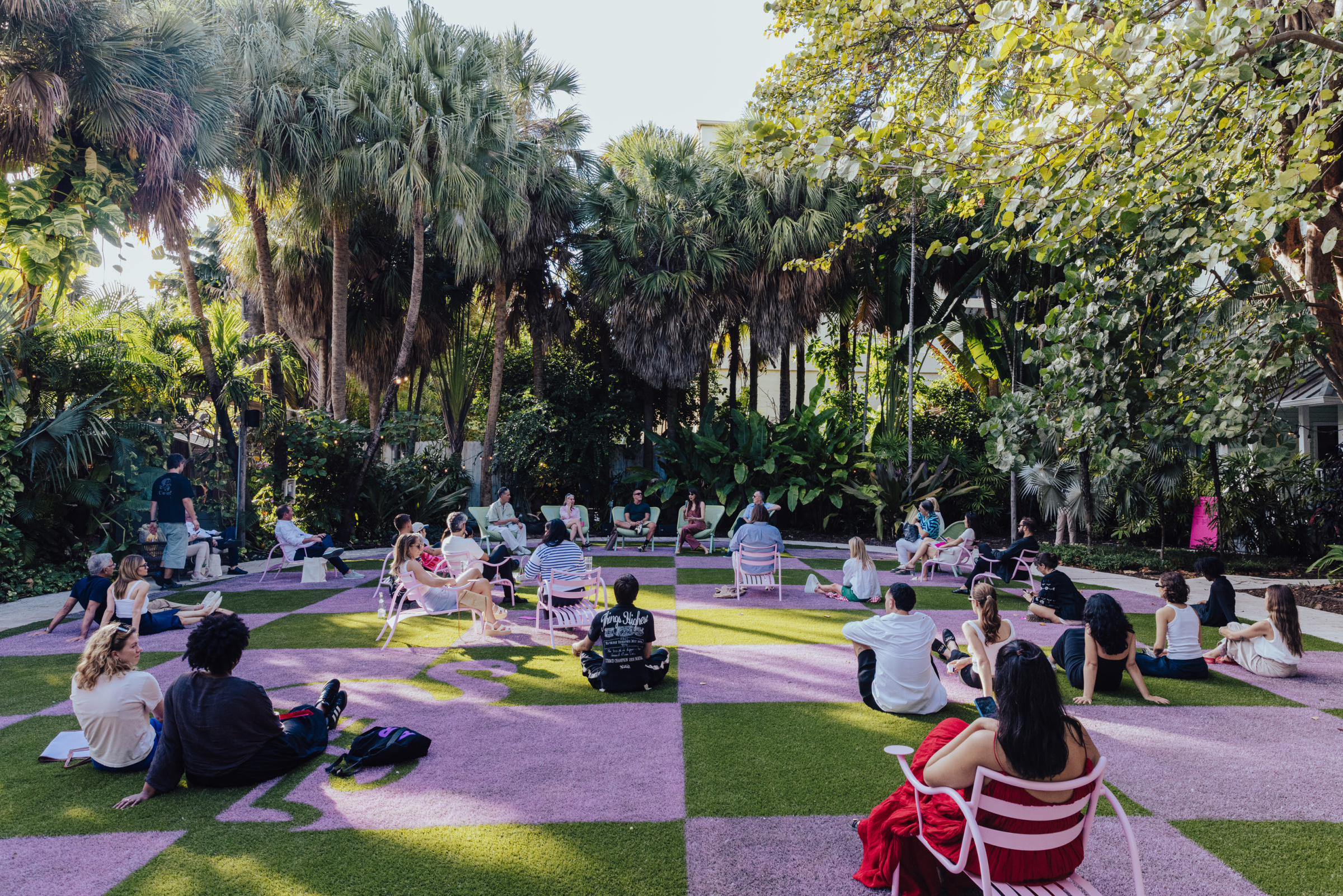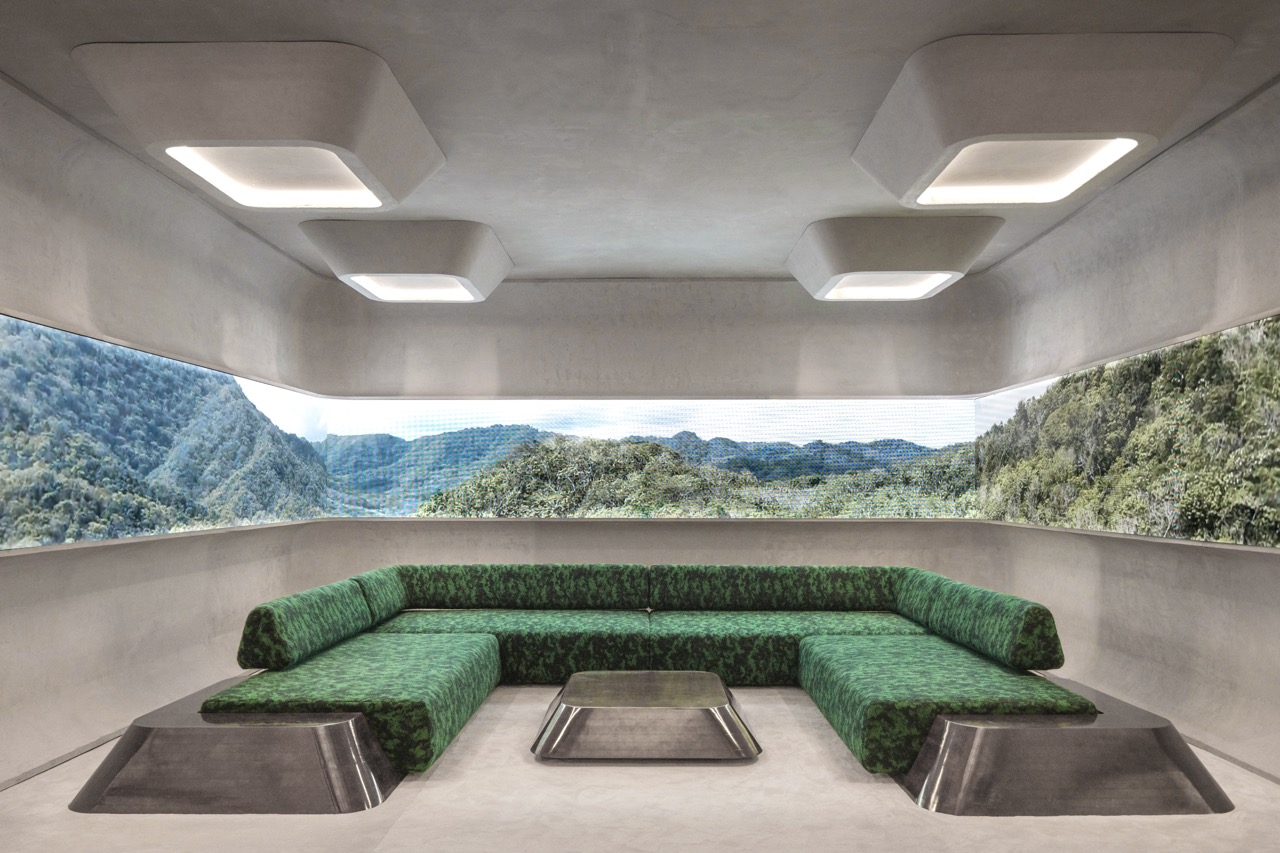Every Thursday the Sixtysix newsletter delivers the latest creative news, designs, and insights straight to your inbox. Here are this week’s highlights. Not on the email list? Subscribe now.
***
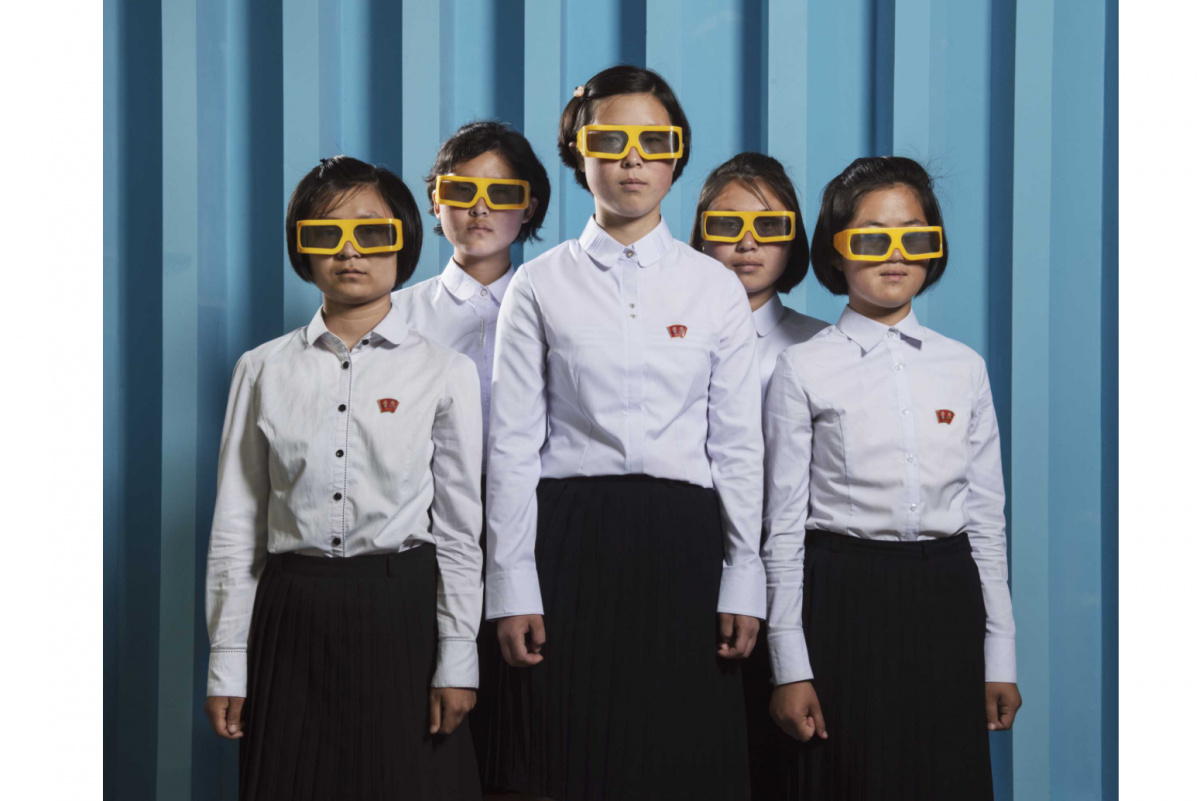
Photo courtesy of stephangladieu.fr
Stephan Gladieu goes behind the lens in North Korea.
+ The French photographer’s latest series gives a glimpse into North Korean society. Stephan always wanted to visit, and it took five trips and three years of negotiating to get the access he wanted for the series.
+ “I mainly played on the enormous gap between our cultural, historical, pictorial and social referents,” he told It’s Nice That. “That’s what the whole idea of this series is based on; to use the control I was undergoing to make it a space of freedom, narrow but indisputable.”
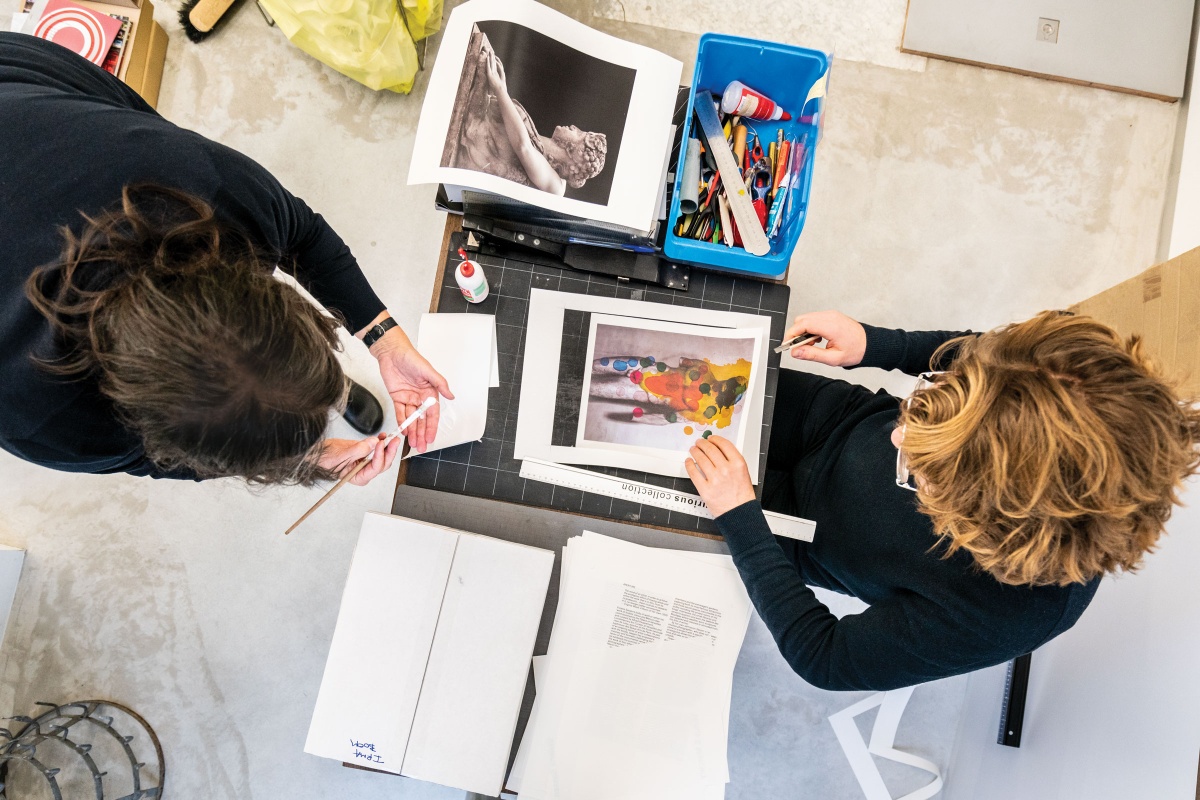
Irma Boom steers every project and shapes every design inside her Amsterdam library and studio, often working with two assistants. Photo by Bram Belloni
In other creative news, bookmaker Irma Boom talks collaboration, creative control, and the permanence of print in Friedman Benda’s latest “Design in Dialogue” series.
+ In the interview, Irma, who has designed more than 300 books, gives insight into some of her unorthodox approaches to bookmaking.
+ “I see a book as a part of our culture, so it should be something really specific,” she says. “Although we are in the 21st century, I really think we should bring the book further, and the only way we can do that is through experiments.”
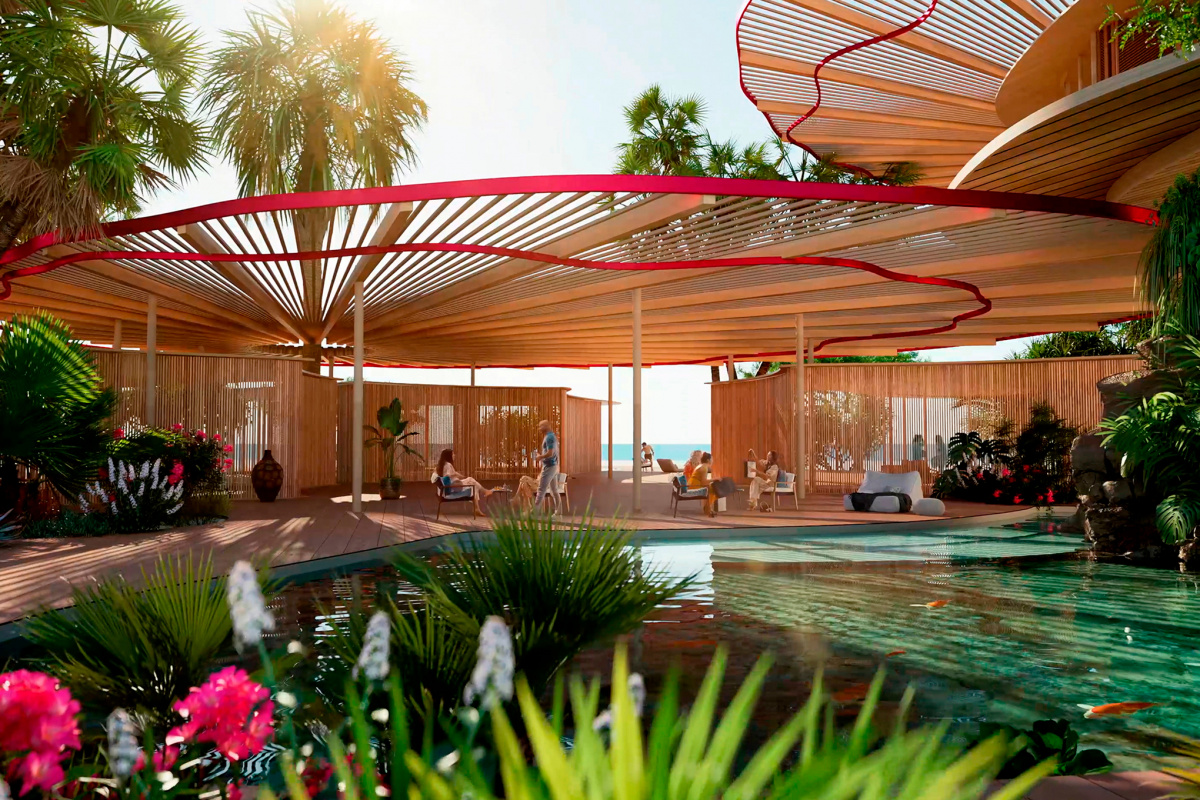
Photo courtesy of fosterandpartners.com
Foster + Partners unveils designs for Coral Bloom resort off the coast of Saudi Arabia.
+ Part of The Red Sea Project, Coral Bloom will be made up of 11 hotels on the dolphin-shaped island of Shurayrah. The resort’s design is inspired by native Saudi Arabian flowers and coral and will be built to avoid the island’s mangroves and other crucial habitats.
+ “Our vision for Shurayrah is inspired by the island’s natural state, with the hotels designed to give the impression that they have washed up on the beaches and nestled among the dunes almost like driftwood,” says Gerard Evenden, head of studio at Foster + Partners, in a release about the project.
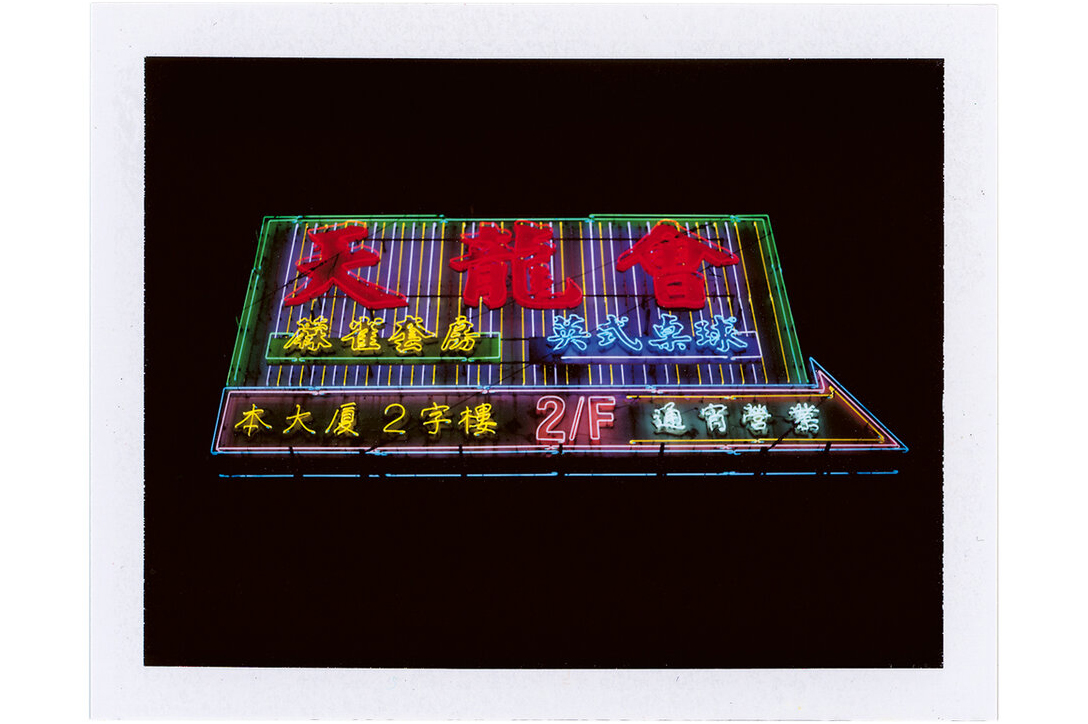
Photo courtesy of pascalgreco.com
Pascal Greco chronicles Hong Kong’s neon signs before they disappear forever.
+ In a new book, the photographer documents Hong Kong’s iconic, and endangered, neon signs that are being replaced by LED and interviews two of the remaining neon sign masters still working in the city.
+ “It was the visual identity of Hong Kong for foreigners, for tourists, and for Hong Kong residents,” Pascal told Fast Company. “Unfortunately, I think the citizens see that they’re losing part of their history.”
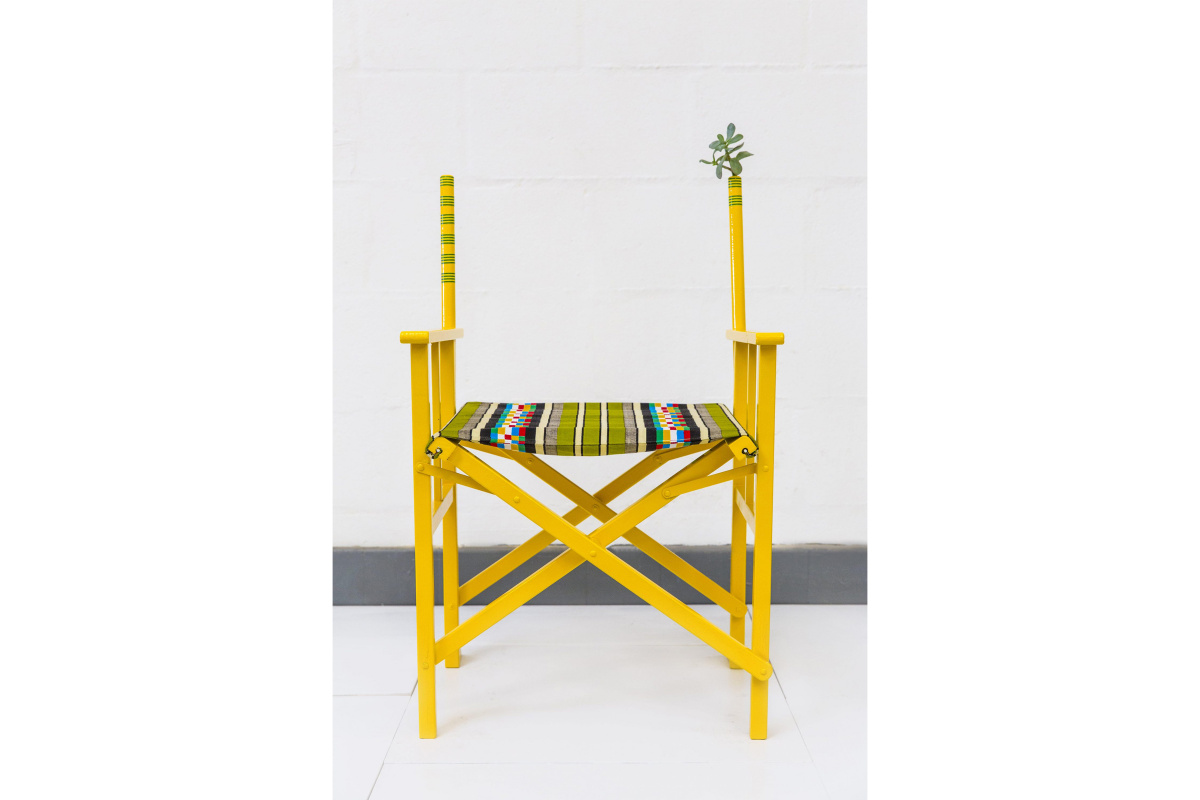
Photo courtesy of yinkailori.com
Yinka Ilori reflects on his breakthrough collection, If Chairs Could Talk.
+ The collection is made from discarded and damaged chairs taken off the street, which Yinka transformed into colorful, glossy pieces of furniture.
+ “There was a feeling of taking what was unwanted and giving it a new life. People responded really positively and it was fascinating to me how we often identify with or respect something new and polished, and yet they were the same chairs people had walked past and ignored in the street,” he told Design Milk.
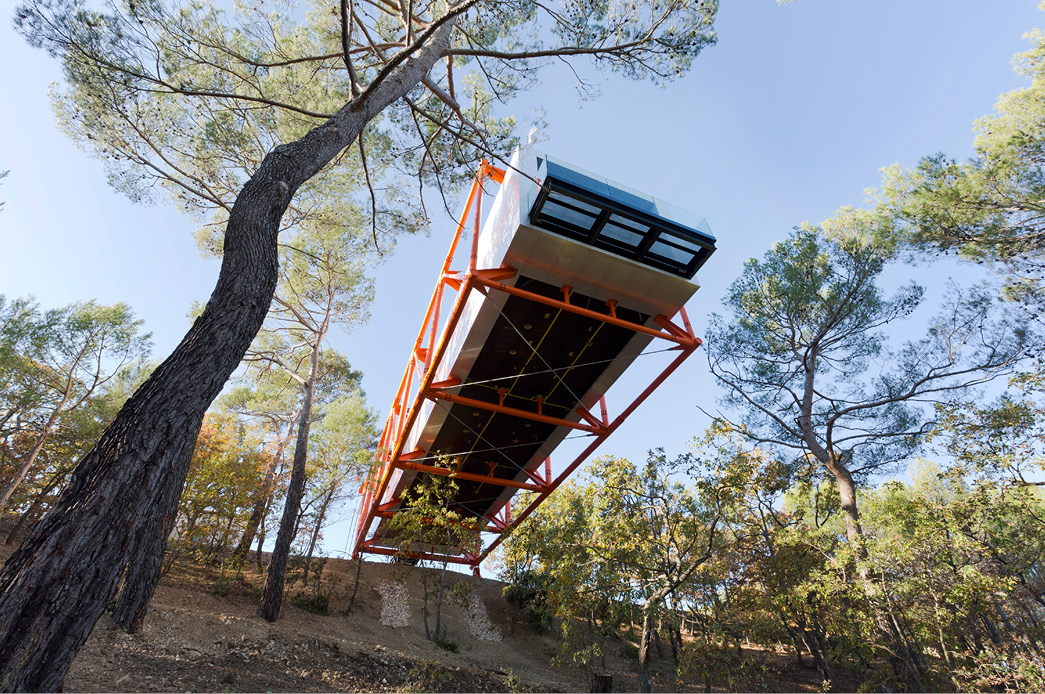
Photo courtesy of rsh-p.com
Pritzker Prize-winning architect Richard Rogers’ final work: a gallery floating above the French hillside.
+ Named The Richard Rogers Drawing Gallery, the building hangs 27 meters (about 89 feet) above the hillside at the Château La Coste vineyard in France and was the architect’s last project before he retired from Rogers Stirk Harbour + Partners, the studio he founded in 1977.
+ “The gallery embodies many of the core design principles found throughout the work of Richard and RSHP,” Stephen Spence, associate partner at RSHP, told Dezeen. “This includes ‘legibility’—you look at the building and can read its components parts, you understand how the building works and the function of each element.”
View this post on Instagram
In Japan, Ken Ohyama’s images highlight the intricacies of urban Japanese architecture.
+ The photographer captures nondescript urban buildings across the country and removes the background, leaving a cutout of each building.
+ In removing the background, Ken puts the emphasis on the colors and architectural forms in the everyday buildings you might breeze pass otherwise.
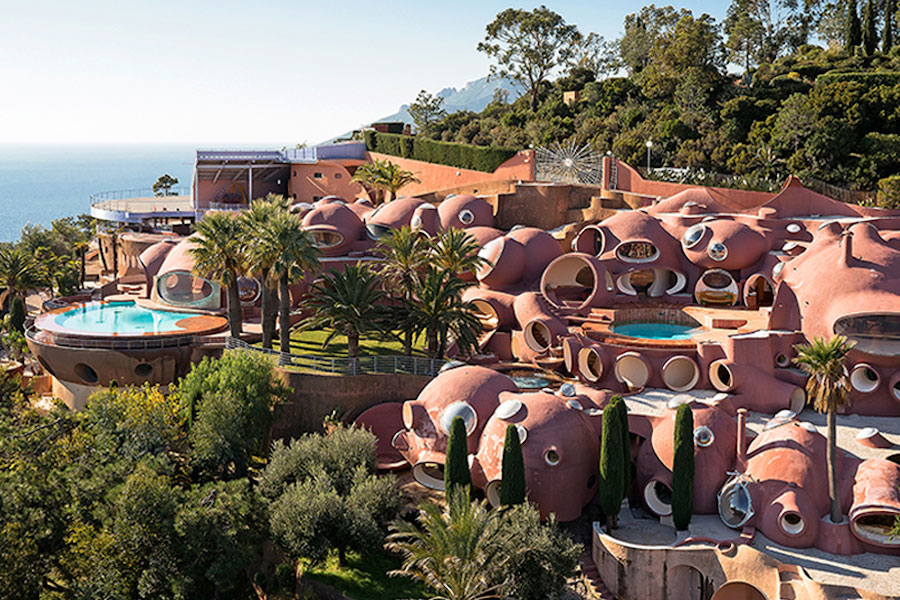
Photo courtesy of palaisbulles.com
What will happen to Pierre Cardin’s Palais Bulles?
+ Since Pierre’s death last year, some have pushed for the iconic structure, known as the Bubble Palace, to be open to the public or turned into an artist residency space.
+ The home was put on the market in 2017 for $420 million, but it didn’t sell and is known to local real estate brokers as “the place nobody wants to buy.” Now its future remains unknown.
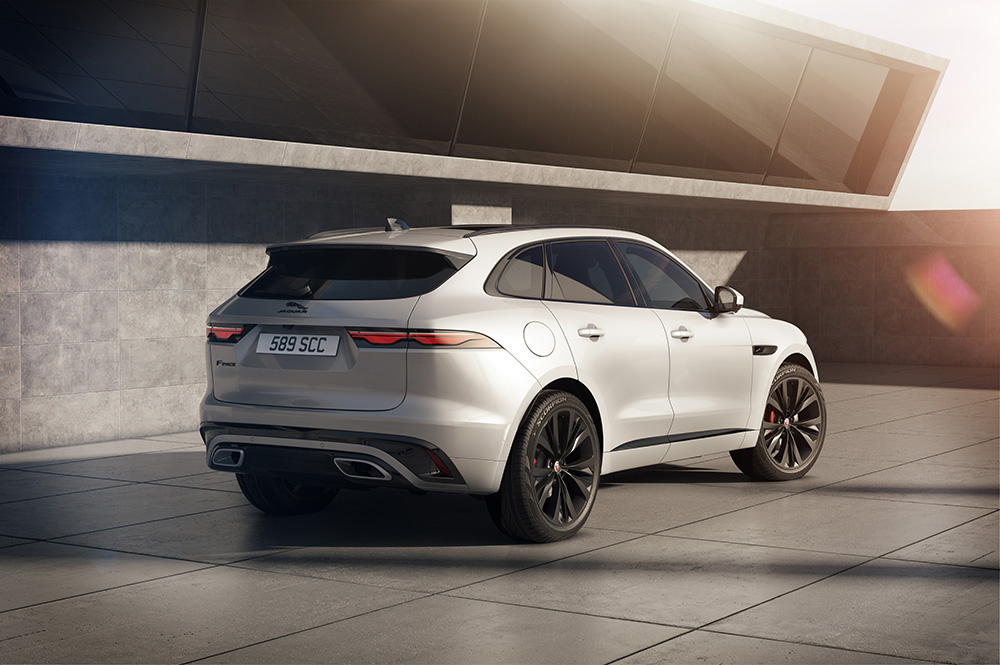
Photo courtesy of jaguar.com
Jaguar Land Rover’s new “Reimagine” project commits to having an electric version of every model it makes starting in 2030.
+ As part of the Reimagine strategy, Jaguar will kill off every internal-combustion vehicle, becoming an all electric vehicle brand by 2025.
+ Along with the announcement comes news that the XJ sedan, which was close to market introduction, has been scrapped—despite being an electric vehicle.
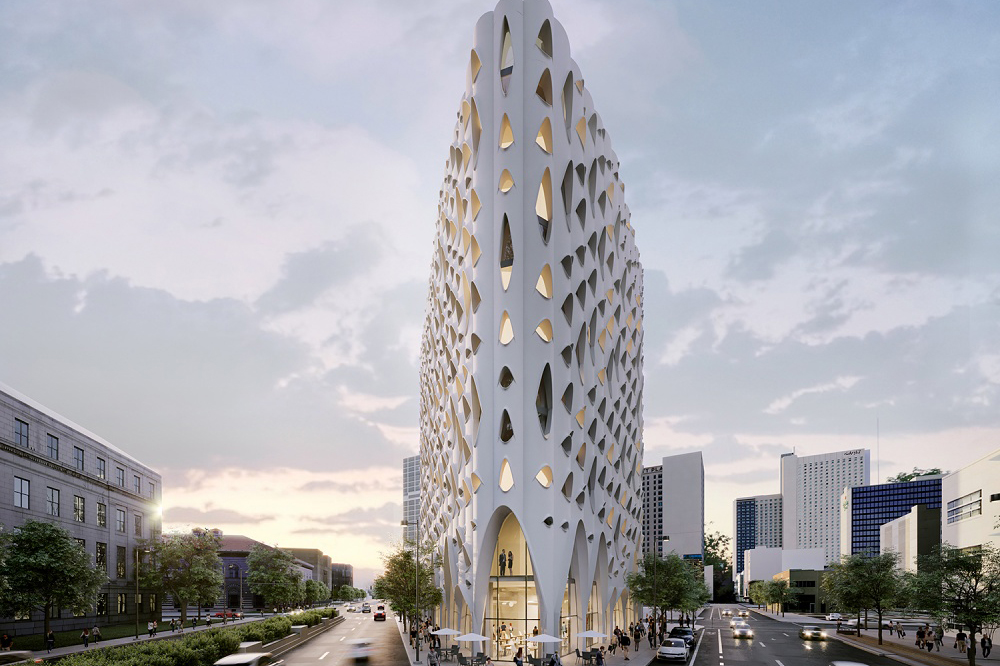
Courtesy of studiogang.com
Studio Gang’s new Denver hotel, Populus, takes its form—and name—from trees.
+ The scalloped facade mimics the bark patterns of Aspen trees—Populus tremuloides in Latin, where the project gets its name.
+ The site-specific hotel was designed to stand against the unpredictable Denver climate with window “lids” situated to protect from the sun and channel rainwater and snow away from the building.
***
Want this news roundup send straight to your inbox? Subscribe below.
[ninja_form id=3]

